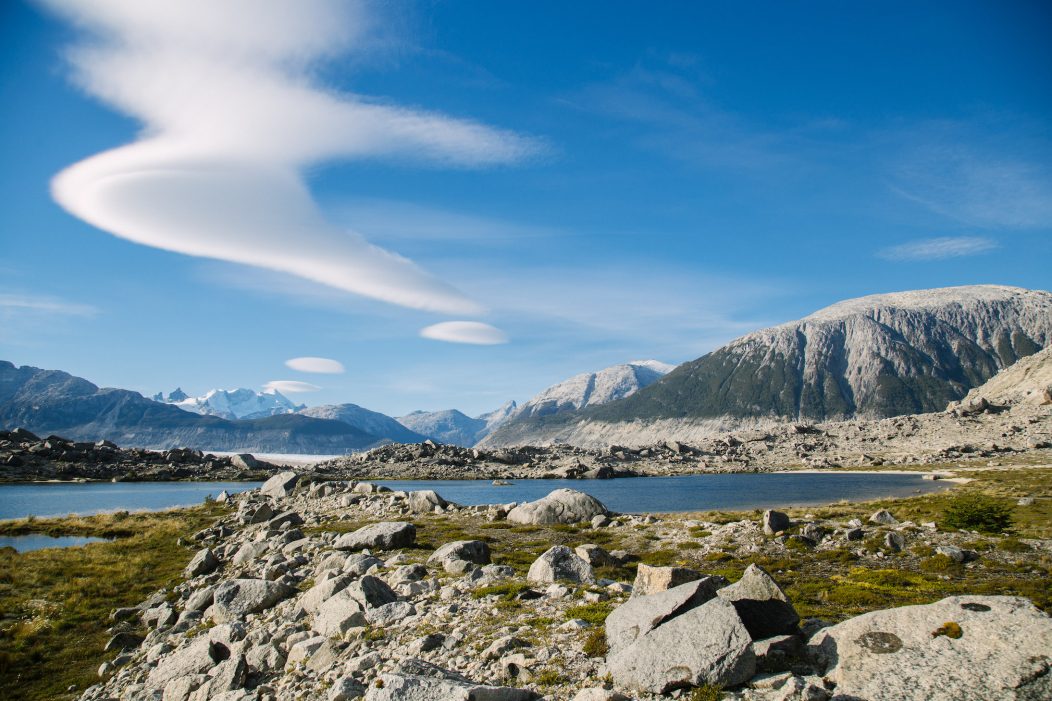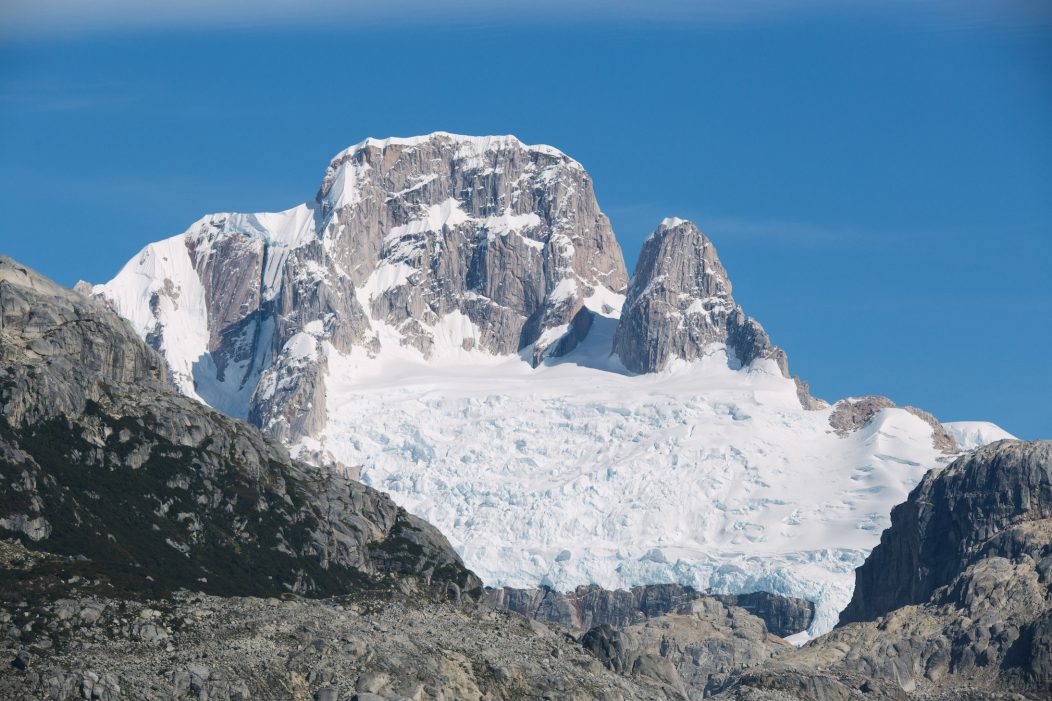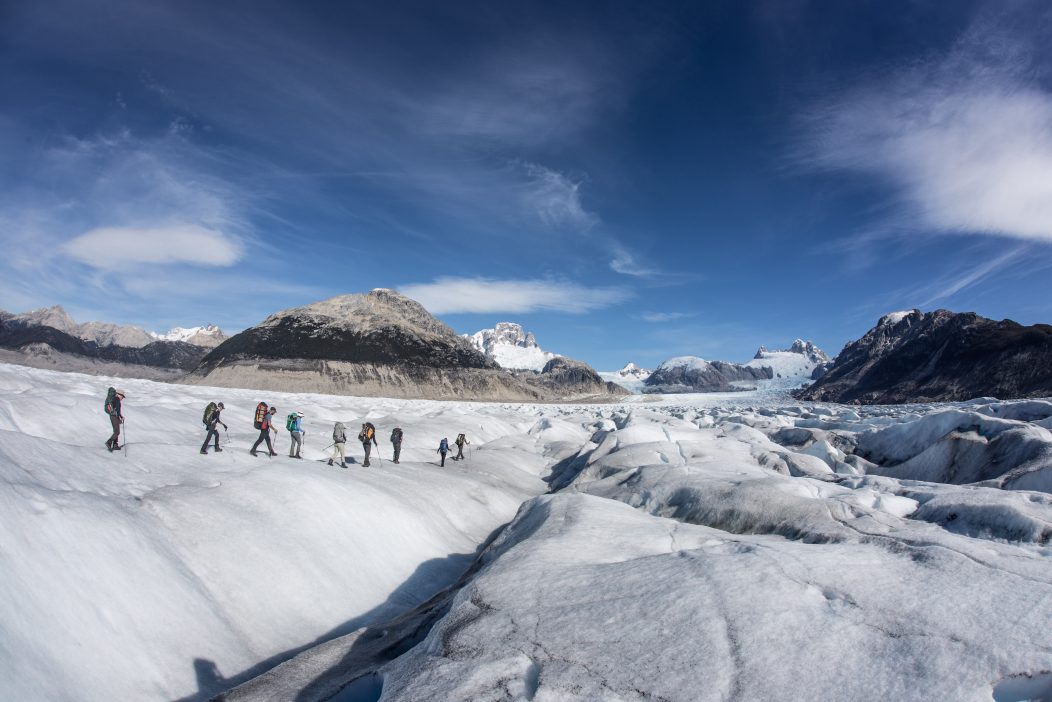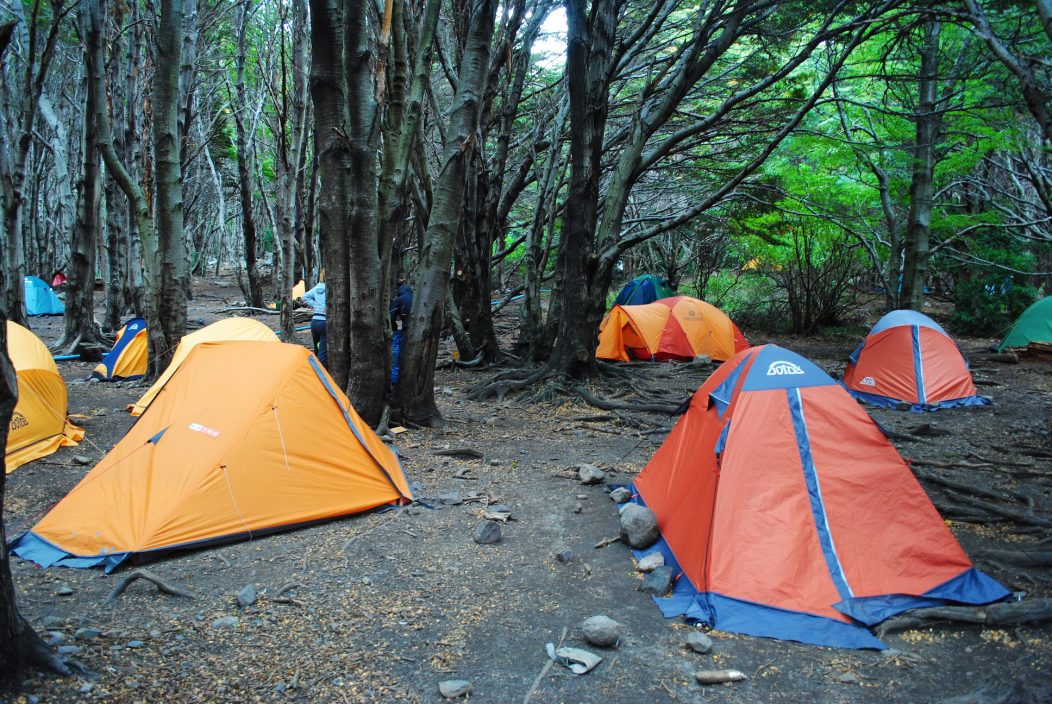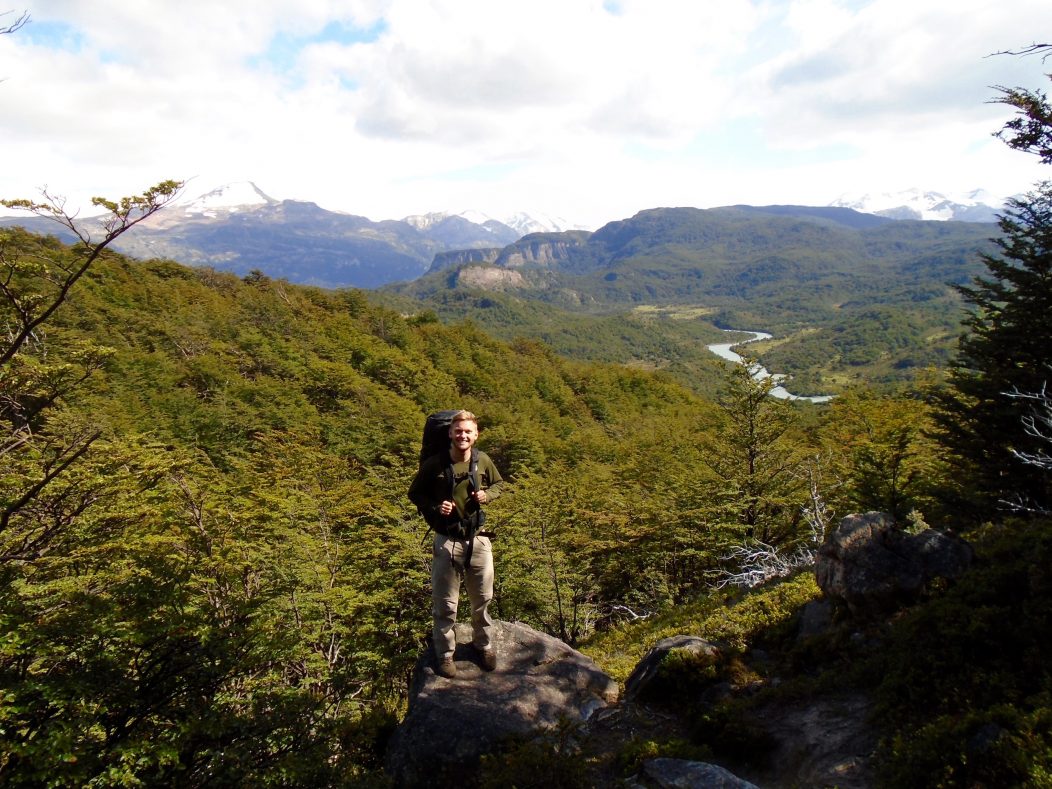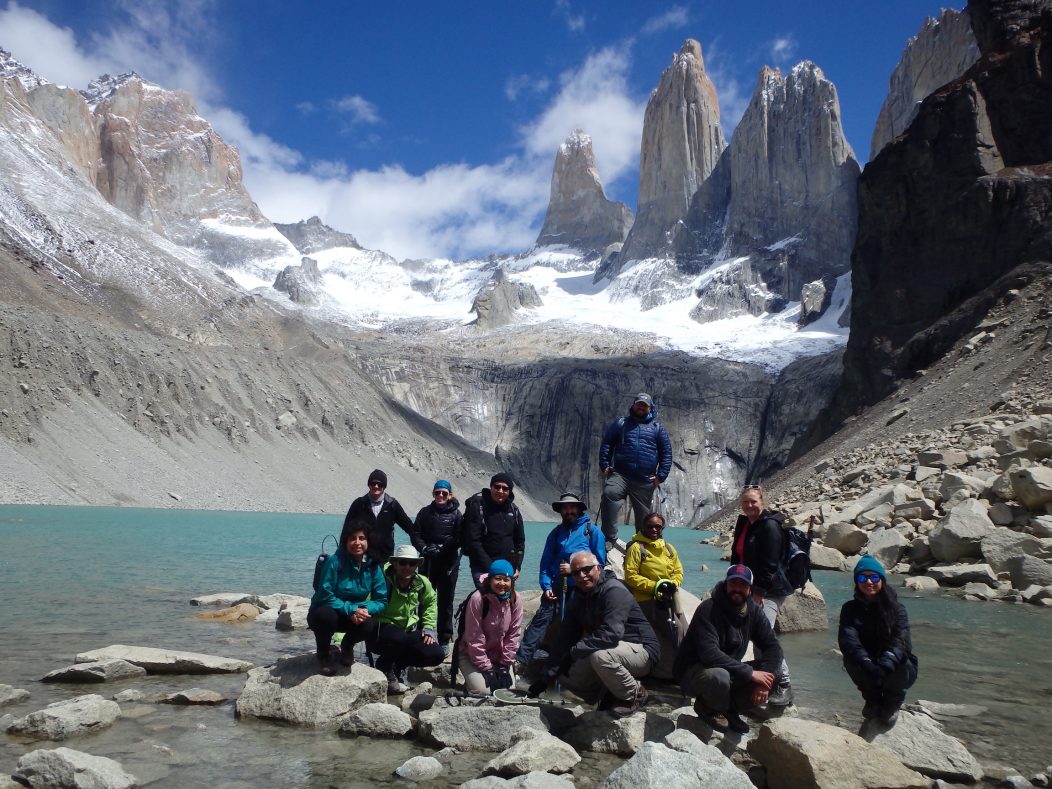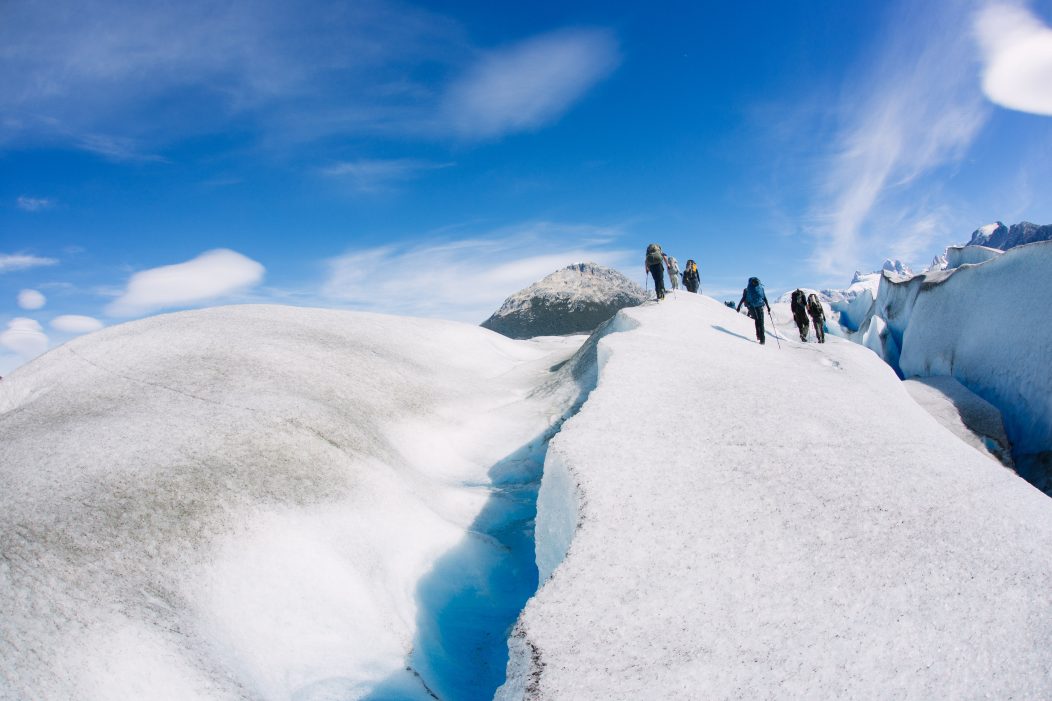Overcrowding in High Season
Argentina has the third oldest national park system in the world and Chile has one of the most extensive. These national parks are a matter of great national pride: they conserve huge areas of land and they also give people the right to access some of the most beautiful and wild areas of the world. But when these parks are being damaged by high visitor numbers, we have to ask ourselves whether they should be open for everyone to enjoy, or should visitor numbers be limited?
The Torres del Paine National Park receives the most trekkers in Torres del Paine and in the 2015-16 season, the crowding reached a point where some of Swoop’s customers were no longer enjoying the trekking in the park. In the 2016-17 season, the number of people permitted to stay at the campsites in the park was limited, which meant just 100 people were able to hike the Paine Circuit every day and we saw an increase in people’s enjoyment of their treks in Paine.
Higher Prices, Lower Impact?
In another area of Patagonia, Aysen, we saw a completely different approach taken. The Aysen Glacier Trail travels across private land, so our partner was able to double the cost of a trek from one season to the next. He wanted to limit the number of people completing the trek every year so that he could conserve his land, a pristine strip close to the Northern Ice Cap. When I questioned his decision to increase the price of the trip he said: “lower price = more people = higher negative impact = less special. OR higher price = less people = lower negative impact = more special”. It’s hard to argue with that.
“These National Parks are a matter of great national pride: they conserve huge areas of land.”
Fewer than 50 people hike this trail each year, and at a cost of US$900 per day, this trek is somewhat for the elite. This patch of land will undoubtedly be conserved better than Torres del Paine, with its hordes of high-season hikers, but if everywhere were protected like the Aysen Glacier Trail, how many people would ever get into the outdoors in the first place? Unless, of course, they had a lot of money. But surely then the democracy of trekking would be lost.
Access for all
What is more important: conserving pristine places or allowing people access to some of the most beautiful places on the planet, so they start to conserve it and grow in strength and spiritually? If Torres del Paine did something similar to the Aysen Glacier Trail and charged US$900 per day then undoubtedly people would pay; and the land would recover, the forest fires that have ripped through the park almost certainly would not occur, and wildlife would return. BUT I would have never been able to experience such a magical place – the W trek was, for me, the catalyst for a life of trekking and adventuring. With restricted access to national parks, many like me would not be able to get into the outdoors and to conserve Patagonia.
“The W trek was, for me, the catalyst for a life of trekking and adventuring.”
Concluding Thoughts
I believe that all people should be encouraged to enjoy national parks. They are great places for young people to embrace the outdoors, be educated about conserving our wild spaces and celebrate some of the most stunning scenery in the world. If visitor numbers are carefully managed for the good of the national park, trails maintained and facilities provided then we should be able to keep our national parks affordable and accessible to all, so we can share these spaces for future generations. I also believe that it is important to keep some areas of pristine wilderness, and if one of our partners is able to protect the Colonia Valley by charging a premium for the Aysen Glacier Trail then I believe that can only be a good thing too.
